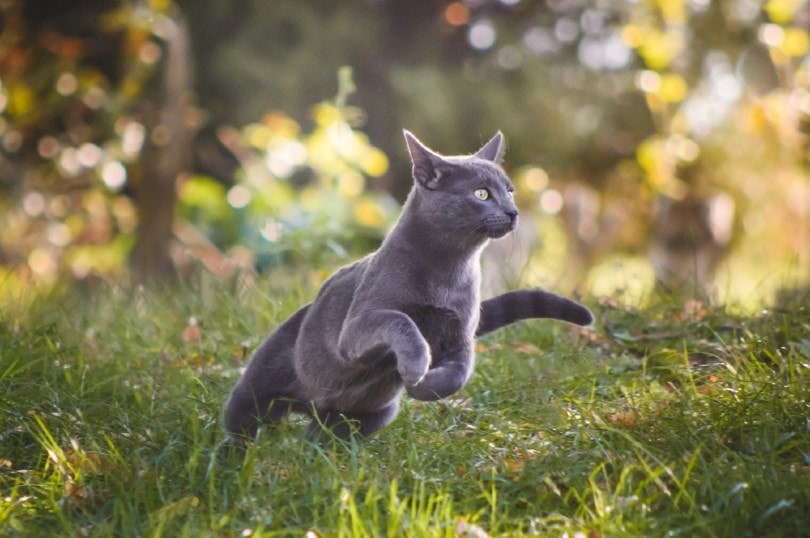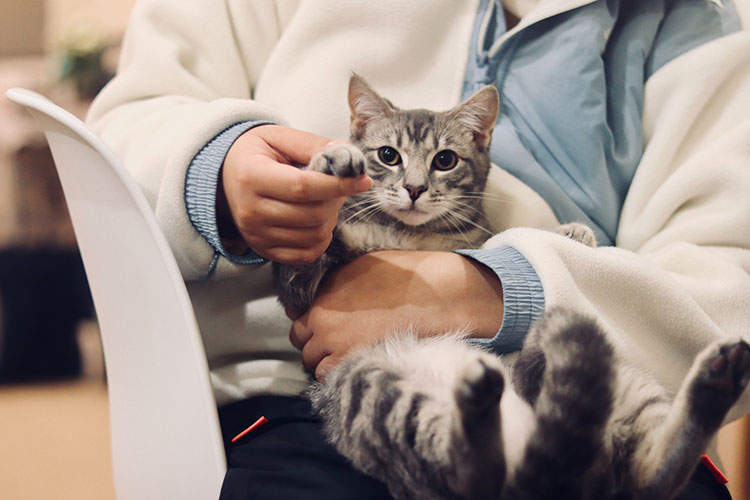The Development of Feline Senses
Cats are born with an incredible array of senses, but they don’t all develop at the same rate. As kittens grow, their sight, hearing, smell, and touch mature, providing them with a highly tuned sensory experience.
Sight: Seeing in Low Light
Cats are well-known for their excellent night vision, which helps them hunt in low-light conditions. Although their vision isn’t as sharp as human vision during the day, they can detect motion and shapes exceptionally well at night.
Hearing: A Cat’s Superpower
Hearing is one of a cat’s strongest senses. Cats can detect high-frequency sounds that are beyond the human hearing range, allowing them to pick up on the smallest movements and sounds made by their prey.

Smell: The Scent-Based World of Cats
Cats rely heavily on their sense of smell to understand their environment. This sense allows them to mark their territory, identify other animals, and even recognize familiar people and places.
How Cats Use Smell to Communicate
Cats use scent glands on their face and body to mark their territory. By rubbing against objects and even people, they leave a scent trail that helps them feel secure in their surroundings.
Touch: Whiskers and Sensory Awareness
Whiskers are not just for decoration; they play a crucial role in a cat’s sense of touch. These sensitive hairs help cats judge distances and detect changes in their environment, especially in low visibility.
The Role of Whiskers in Feline Navigation
A cat’s whiskers act as sensory tools that provide information about their surroundings. This sensitivity helps them move confidently in the dark or in tight spaces.





















































































